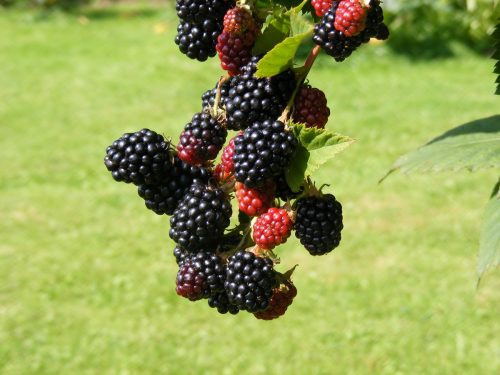The Redberry mite is only 0.18 mm in size, translucent white and cannot be seen without a magnifying glass.
Also known as:
Black
Redberry mite (Acalitus essigi) is only 0.18 mm in size, translucent white and cannot be seen without a magnifying glass. This mite lays eggs in the flowers of the black
The females of the Redberry mite overwinter hidden in the buds; in March the mites become active and lay eggs in the flowers.
All blackberries can be affected by Redberry mite; however, gall mites prefer late blackberries (Thornless Evergreen, Reuben, Chester Thornless).
Where to find
- Blackberry
- Autumn blackberries
Control
Remove affected fruit and branches.
Prevention
Cut back fruit-bearing branches early in the fall, especially those that have immature red or green remaining blackberries on them.
This prevents the female bramble mite from overwintering in those branches. This prevents any population from spreading further.

